C.Soddu, E.Colabella
Artificial intelligence and Architectural Design

THE LOGICAL STRUCTURE OF "BASILICA"
The logical and operative structure of the simulation system of Basilica is based on
the use of a main
cycle, with auto-organization capability, and a set of ever growing secondary
cycles. All are bound
together.
Each cycle represents a whole structure in simulating the decision choices. It
operates the
transformation of the answers into possible shapes. This device is designed by:
1. The use of a paradigm to control the auto-organization procedures. This tool
represents and
controls the gained complexity and, in the meantime, is adaptive to incoming
developments. This is
the device that allows us to reply to a question that puts one of the possible
formal matrixes into the
paradigm.
2. The identification and sharing of the random margins between questions and
shaping replies. The
system uses and represents these margins as "operable fields" for the design
choices. This improves
the project evolution.
3. The set of possible formal matrixes, which are abstract shapes but usable in
giving body to a set of
possible performances. These formal matrixes are not a data base. They are generated
by the
interconnected cycles, by a set of simultaneous devices operating in a series of
different fields, like
geometry, dimension, materials, technology, complexity, and so on.
Therefore every formal matrix is the extemporary transformation of the
contaminations and
resonances into a set of different subsystems performed as a subsequent
paradigm/random
margin/formal matrix. All are in a subsequent omothetic complexity that looks like a
fractal shape.
At the end of every cycle (and of the related and multiple progressive
nidifications) the result is:
1. an increasing complexity, and the related passage into a more evolved
representation of answers,
together with the proliferation of the same answer.
2. The production of needs, for the reason that every event we design was born also
using subjective
and random approaches. It was not necessary before but it became necessary after the
choice: it is a
part of the project history. This happens also if we, later, remove it because we
consider this event as
an obsolete one.
At first Basilica was only a research software to simulate, using AI procedures, the
decision
approach to design. Now we can use it for the management of architectural and
environmental
design, as well as for teaching. To use Basilica as learning tool we have built a
user interface to
evaluate and control, in different but simultaneous fields, the morphogenesis of the
paradigm
structure, its evolution and the sharing of the random margins to operate subjective
choices oriented
towards the intersubjective performances of the project.
The designer can build his own paradigm, change the structure of the relationship
between possible
events, change the geometry and stratify multiple possible geometries within the
paradigm, define the
quantity of possible exceptional events and the relationship between these events
and the normal
structure of the architecture. And, also, the designer can choose the time of
evolution that he wishes to simulate.
Mainly, Basilica is a tool to design the morphogenetic code of the artificial
environments that we can
manipulate through a set of quantic parameters.
With Basilica it is possible to design an artificial DNA able to generate a set of
ever different,
unpredictable and individually characterised artificial events. Every scenario, that
is a 3D
computerised virtual model of architecture, is recognisable as an individual of the
same species. So
we can identify, for example, a species as a typical design of an architect, the
universe of possible
solutions that the same architect can generate when faced with the same design
problem.
We have used our software in professional experiences, designing the incoming
scenarios of the
town environments and of new architectures.
For example, we have designed the DNA of the Italian
Medieval towns. The problem was how to control in progress the identity and the
recognisability of
these environments in front of the increasing complexity of the actual needs. The
challenge was to save the differences identified as morphogenetic code of this type
of towns.
The images (Figure 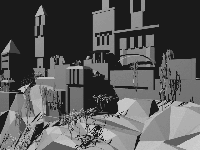 1,
1, 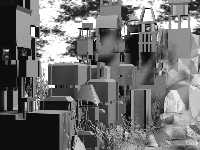 2
,
2
, 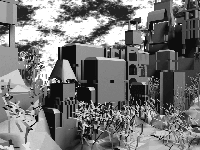 3 ,
3 , 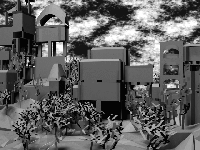 4,
4, 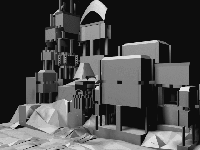 5) are a sequence of views of different 3D models
generated directly
with Basilica, that are different but belonging to the same "species". There are a
set of nowhere
virtual medieval towns that lived a parallel virtual time.
5) are a sequence of views of different 3D models
generated directly
with Basilica, that are different but belonging to the same "species". There are a
set of nowhere
virtual medieval towns that lived a parallel virtual time.
We have also used this program in a more usual professional experience: the
development, with new
architectures, of a quarter of the centre of Rome (Figure 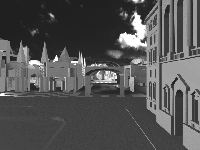
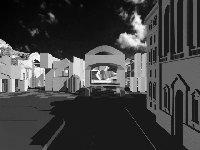
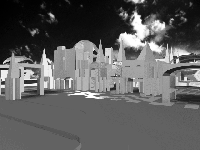
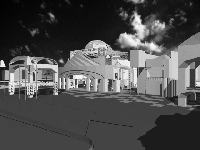
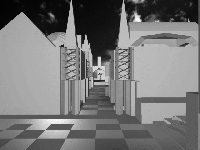
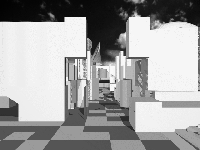
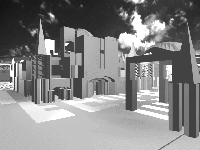
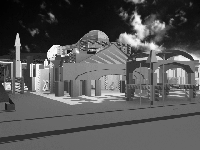
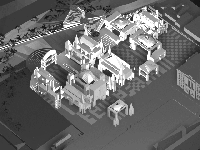
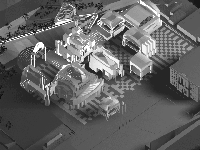
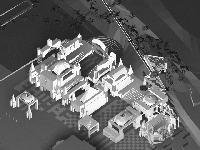
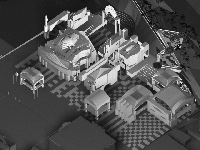
6-17).
The sequence of these images shows two different parallel scenarios generated
automatically with
our software, and belonging to the same morphogenetic code that we have designed.
The first 3D
model is one of the multiple prototype and the second is the scenario we have used
in our project.
This scenario has been generated the last. It belongs to the last, more complex and
"interesting"
generation of scenarios.
The last two images 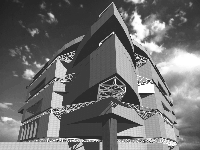
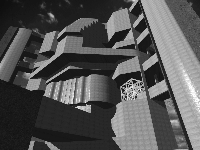
(Figure 18-19) show an architectural project we have done for Taiwan. We have
gained the complexity of these buildings, and I think also this quality, using a
sequence of 3D models
generated with our software.
Last review 10 December 1995
The Authors
Bibliography
Return to the index of the paper
Return to the first page
Mail to Prof. Celestino Soddu


 1,
1,  2
,
2
,  3 ,
3 ,  4,
4,  5)
5) 












